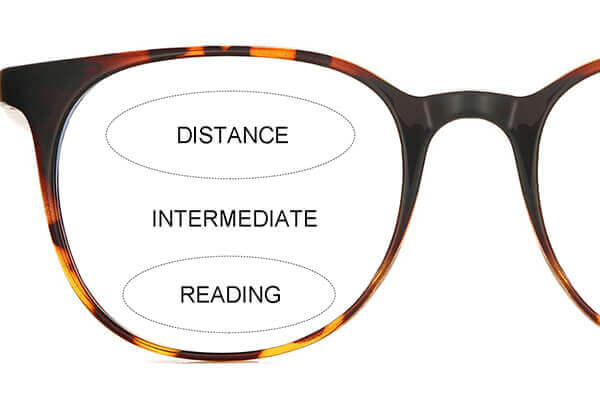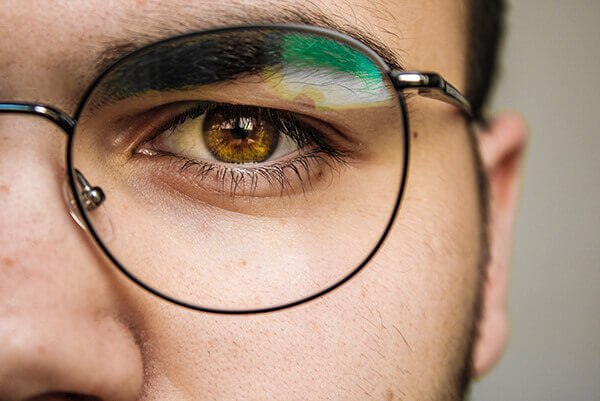With the development of science and technology and the popularization of electronic products, people's demand for mobile phones and computers has become stronger and stronger, so many young people are now entering the aging of their eyes in advance. Most people do not know the definition of a single light and progressive film, this is normal. So don't worry, I hope you will have a different understanding after reading this blog.
What are single vision lenses?
Single vision lenses are meant to correct a single viewing zone, not multiple viewing zones. This can be for near vision up to 30 cm, intermediate vision at arm's length, or distance vision beyond arm's length.
Reading glasses can help if you are farsighted, to see things up close. This will appear on your prescription as a + number in the Sphere box.
If you are nearsighted and can see beyond arm's length, distance glasses can help. This will appear in your prescription as a - number in the Sphere box.
What are progressive lenses?
Progressive lenses are wireless multifocal lenses that visually look exactly the same as single vision lenses. In short, progressive lenses will help you see clearly at all distances. In layman's terms, progressive will appear as ADD+ degrees on your prescription.
What is the difference between single vision and progressive lenses?
Single vision lenses correct one area of vision. Progressive (zoom) lenses correct all three vision areas; near, mid, and far. This is why progressive lenses are equivalent to three pairs of single vision lenses in one. This is also the reason they are more expensive as they are more complex and tailored to you.

Progressive or Single visionm which is better?
Some people find that progressive lenses are better than single vision lenses because it allows them to see objects of varying degrees clearly at different distances, such as seeing near and far without having to carry a second pair of glasses. It's cool. But it is undeniable that some people can't adapt to progressive lenses. They can feel dizzy and have a hard time adjusting.
How do I know if I need progressive or single vision lenses?
If you're just having trouble seeing up close, you probably just need reading glasses, which you use when you read or use your computer. However, if your vision is blurry in the distance, then you need a pair of glasses for nearsightedness. Progressive lenses may be a better choice if you feel pressure to see everything near or far. (However, you still need to go to a professional optometrist to have your eyes examined.)

Advantages of progressive lenses
Progressive lenses are preferable to single vision lenses for certain individuals because it allows them to see correctly at different ranges without having to carry separate glasses. Progressive lenses can be used as individual lenses or as writing lenses, allowing you to have only one pair of glasses.
Disadvantages of progressive lenses
Progressive lenses offer excellent smooth transitions and multifocal capabilities; however, they are significantly more expensive than the two equivalents above. Progressive lenses are somehow technically created to provide soft vision from near to far, so there is no way around this. Nonetheless, it should be emphasized that while progressive lenses allow for smooth transitions between three different depth ranges, they are not flawless throughout the lens.








































